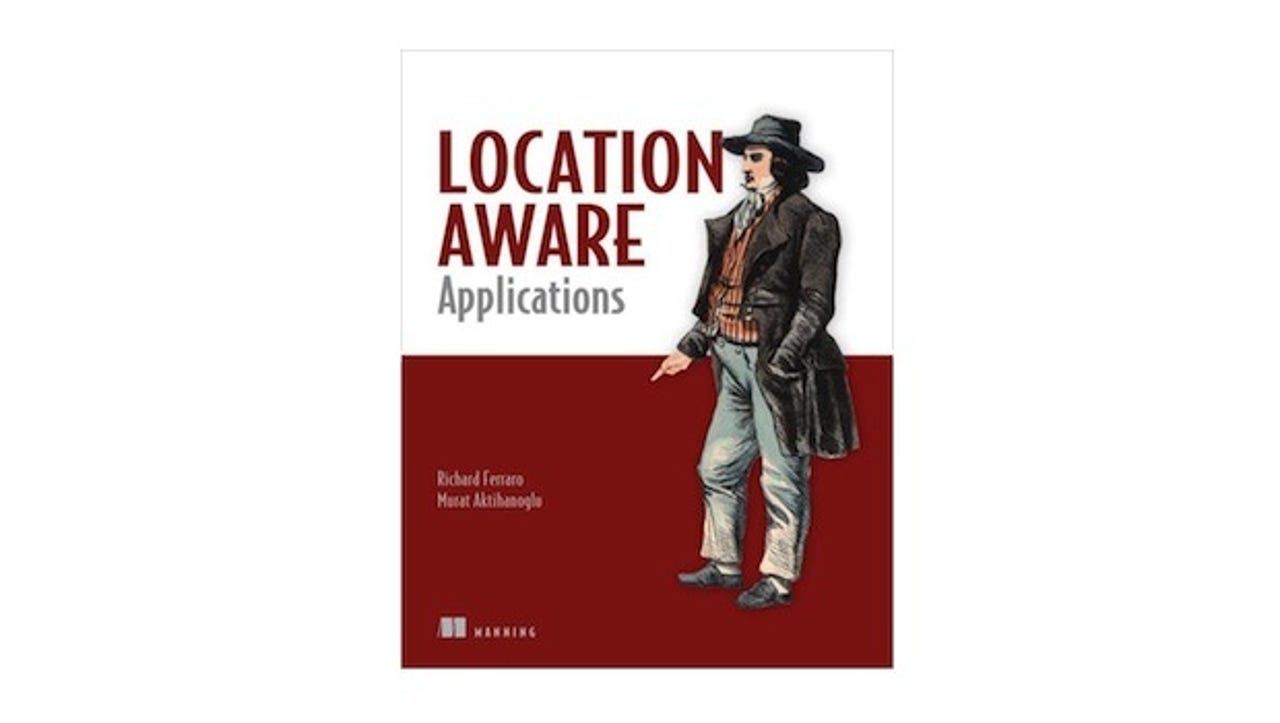Book review: Location-Aware Applications

Location, location, location: it's not just for estate agents any more. As smartphones take a larger share of both the phone and the computing market, where we are (or where we want to be) becomes ever more important. Maps, directions, local reviews, checking in everywhere we go — location apps might be turning into the killer smartphone tools. For example, over a third of the apps in the iPhone App Store use location in some way. However, when companies get location services wrong, complaints and lawsuits follow — as Google and Apple have both discovered this year.
Location-Aware Applications is partly a guide for developers who want to add to the myriad location tools. It has enough programming detail to whet the appetites and point them in the right direction, taking you through the various stages from making technical choices to selling your app and handling your business should it take off. Different chapters walk you through what a location-based service actually is and what it can deliver; how the different position technologies work and what they're good for (including new and obscure tools, as well as GPS and browser location); what maps, mapping APIs and geospatial content is available (petrol prices, for example), including some of the odder licence terms you'll have to sign up for.

The surveys of key mobile location tools and services cover both the big names and some outstanding smaller players. The overview of the different smartphones is wider, covering Meego, Java ME, BREW, Symbian and mobile frameworks like PhoneGap, as well as Android, iPhone, BlackBerry and webOS (which the authors presciently discount). It's odd to see Windows Mobile covered in the same depth as LiMo and nothing on Windows Phone, though. As with the other technical information, the detail on different server platforms is useful for finding out which to investigate in detail.
Although it's cool to create a popular app, most developers are hoping to make some money. There are some numbers to whet your appetite, including the impressive half-million Boston shoppers who used a $25 Gap coupon from Groupon in a single day. Covering so many platforms means that you get a taster of the different app stores and other approaches for selling and promoting an app — iPhone apps and the iTunes App Store get a disproportionate level of detail throughout though. It's nice to see advice on actually running an app business, including raising money and applying for trademarks and patents (although there's no mention of handling patent infringement claims — something many app developers need to understand).
This technical detail isn't all you get: the book is also a broad overview of the whole location-based services field, and will provide a good grasp of the key issues and opportunities — for users as well as developers. There's an excellent section on privacy, covering issues from consumer concerns to the legislation and best practices you need to comply with. It's particularly useful to see the different legal positions in Europe and the US in detail; anyone with an interest in either privacy or location will find this section worth consulting.
Because the book is addressing different audiences, the focus switches, sometimes abruptly, as you read through the three main sections — if you're not a coder, there are pages you'll flip straight past. But there's still enough useful information to make this a useful introduction to anyone who wants to get up to speed on the location situation.
Location-Aware Applications By Richard Ferraro and Murat Aktihanoglu Manning Publications 320 pages £29.99 ISBN: 9781935182337
Mary Branscombe